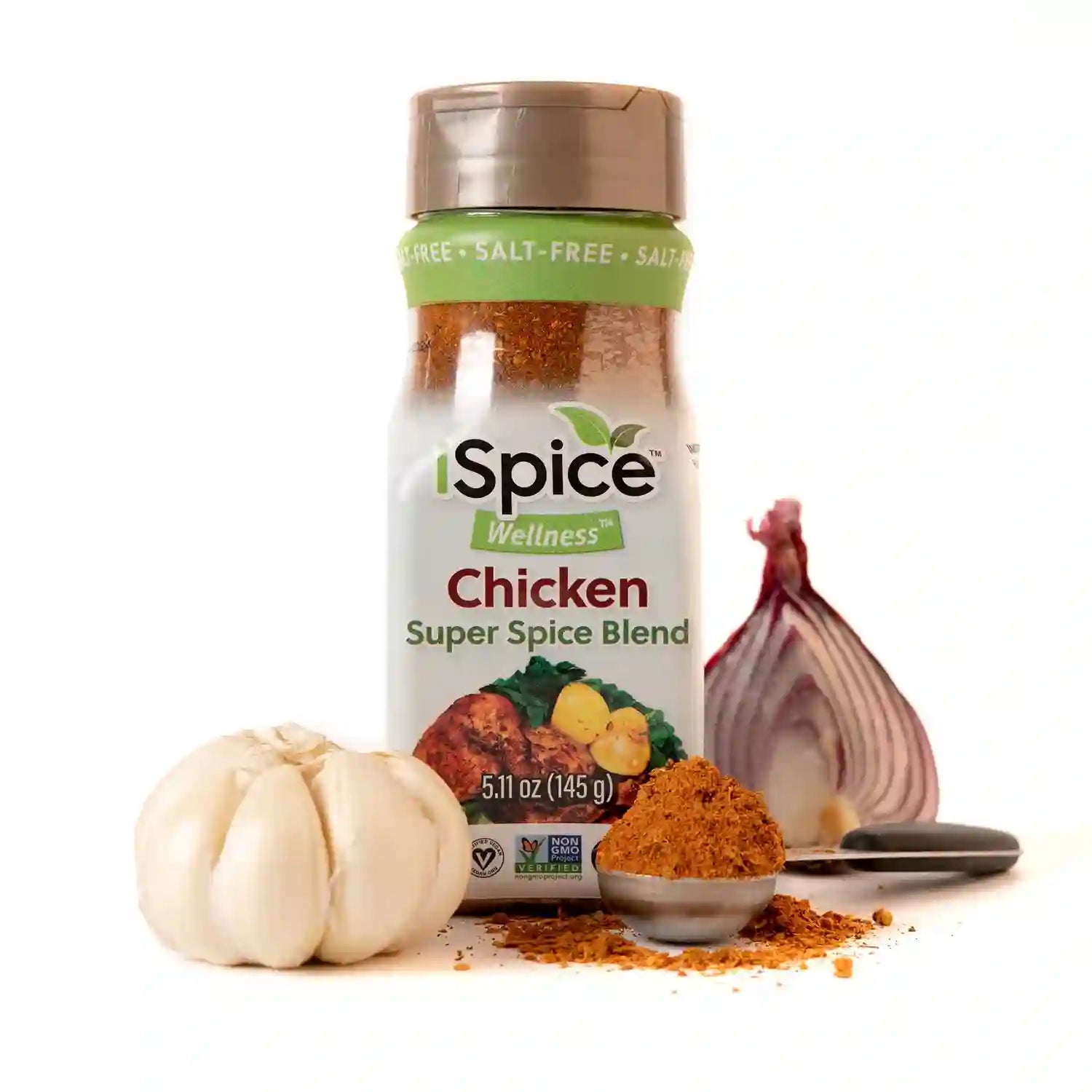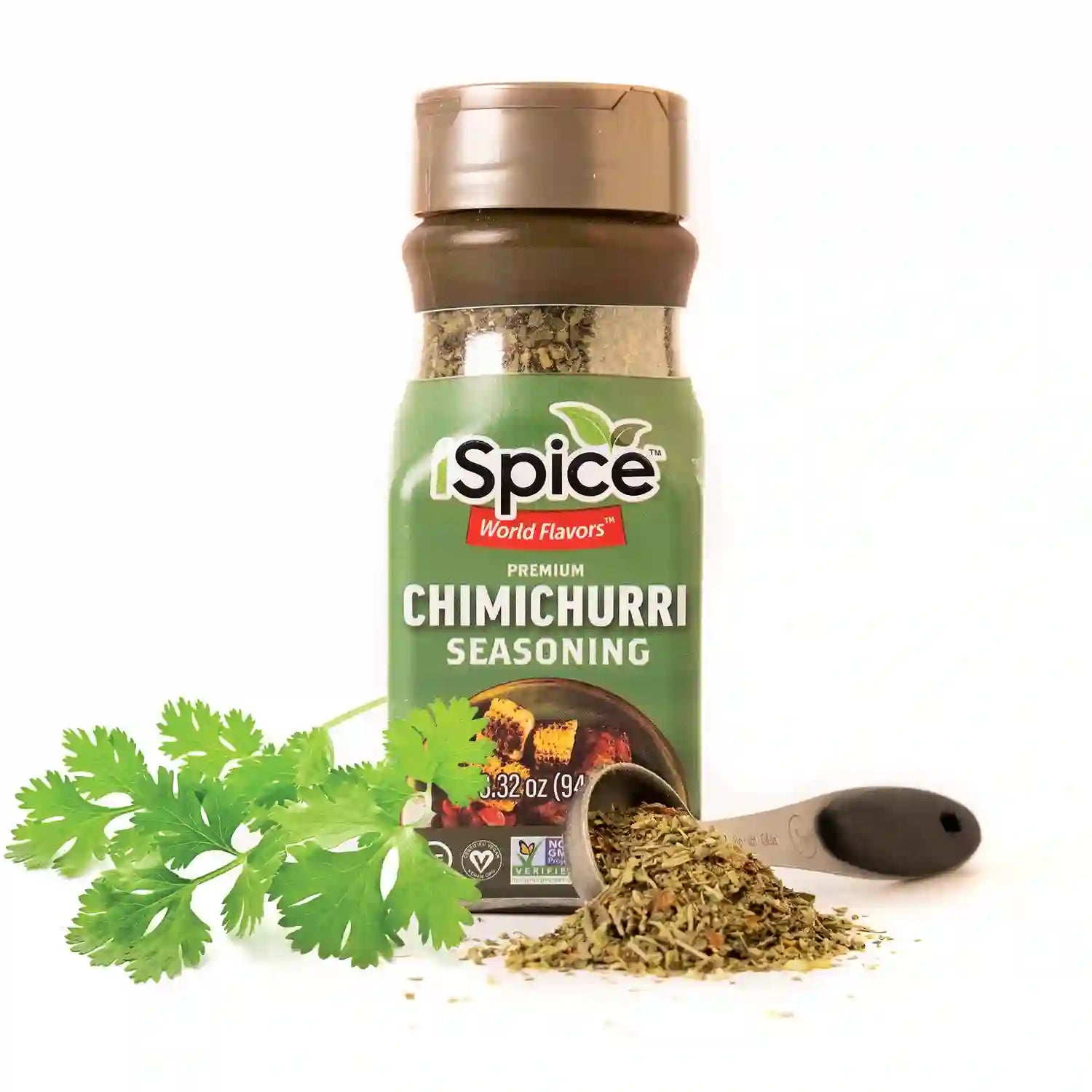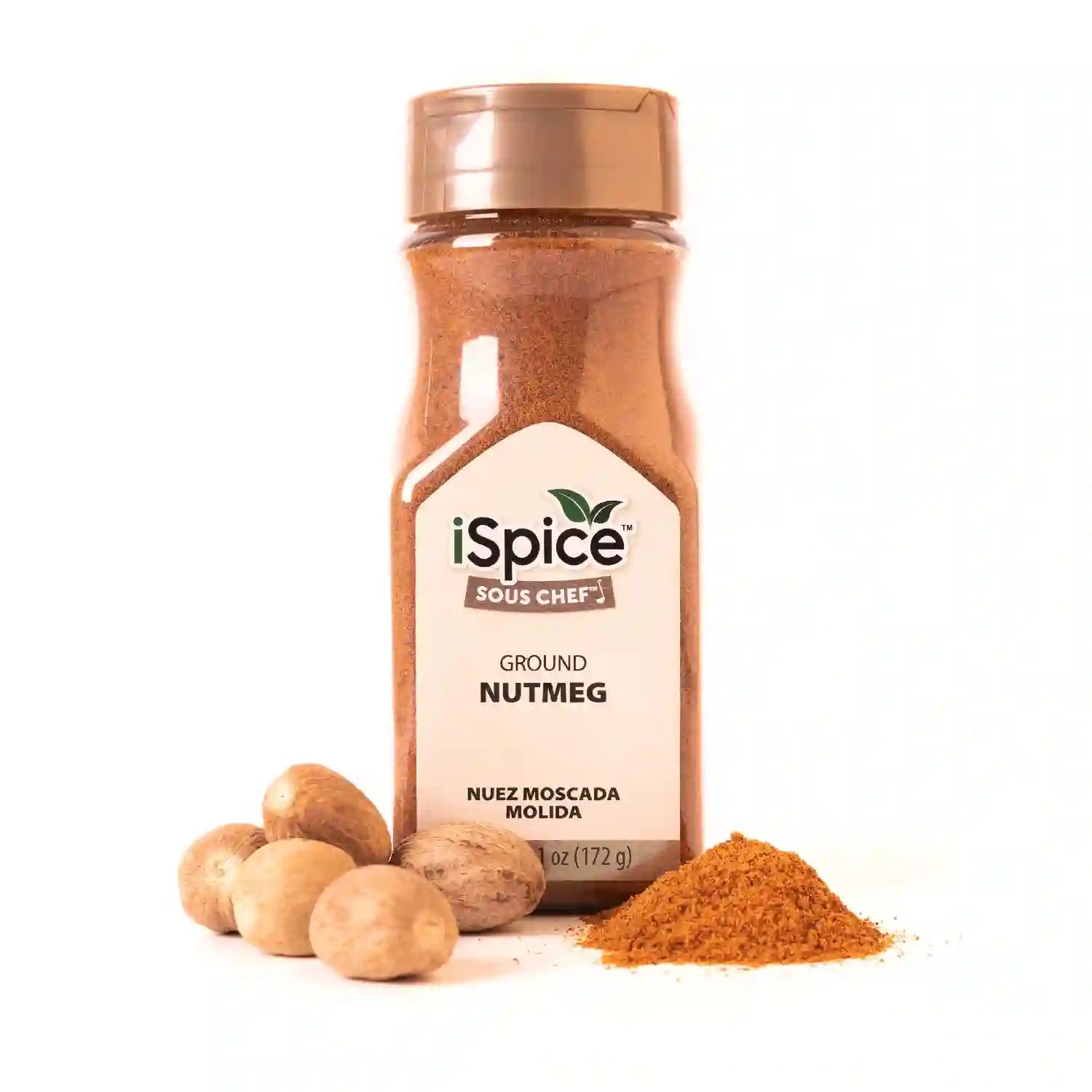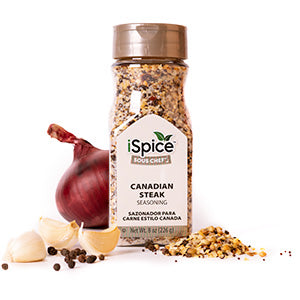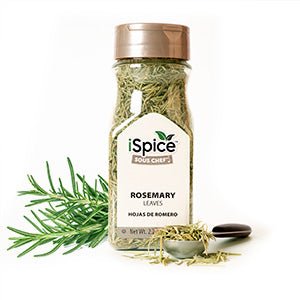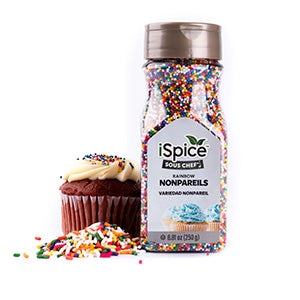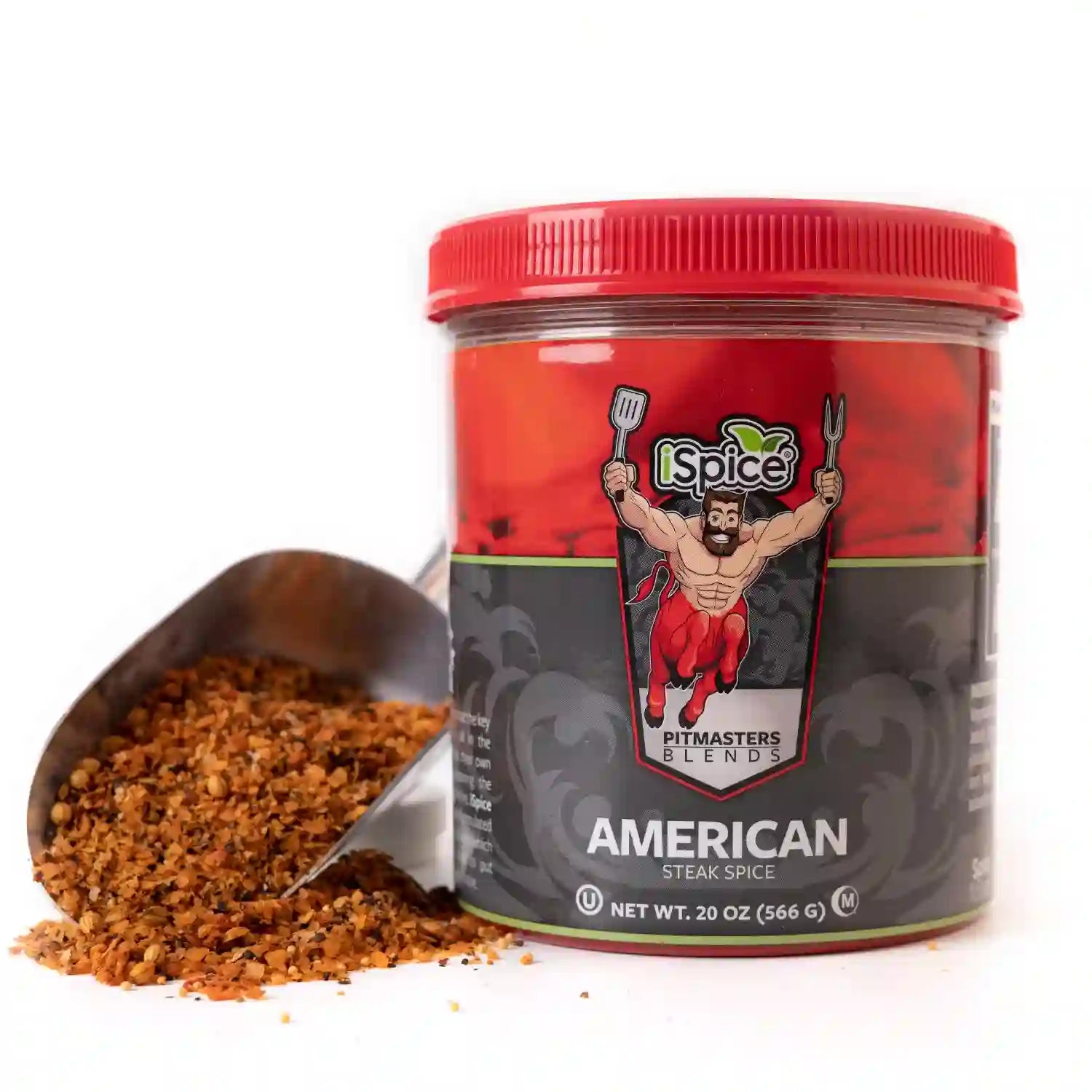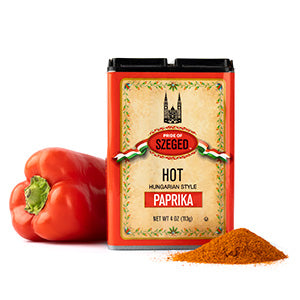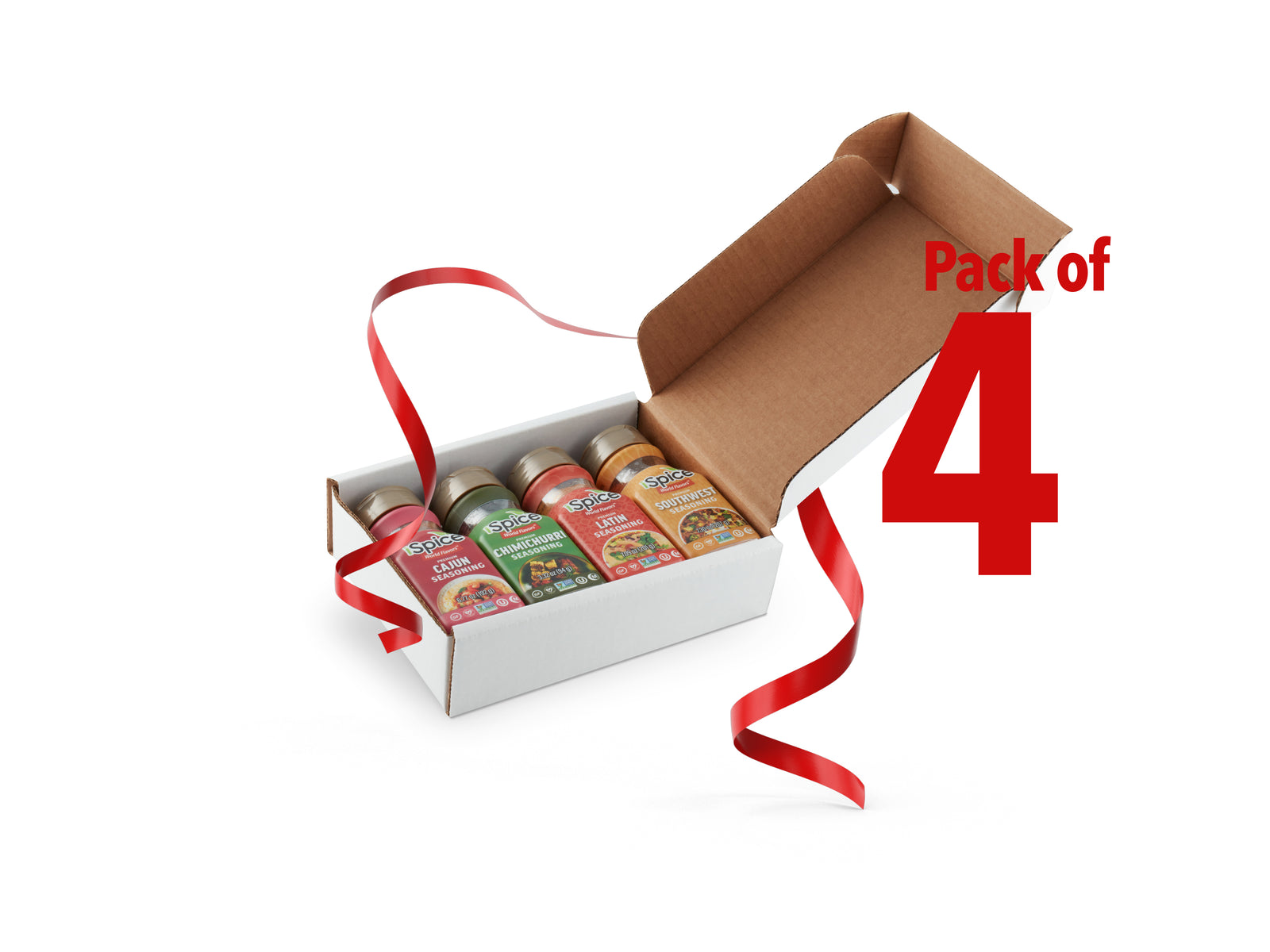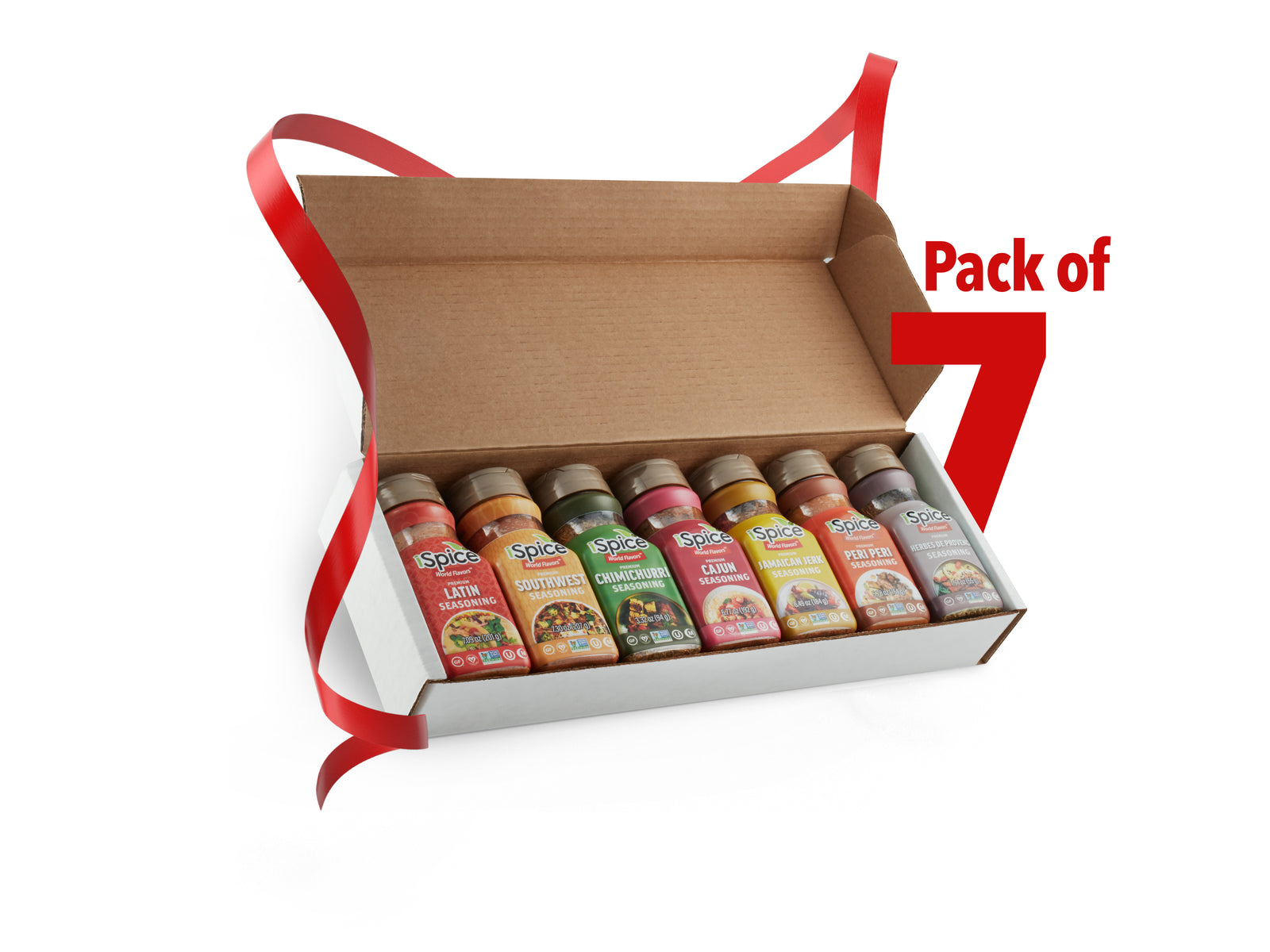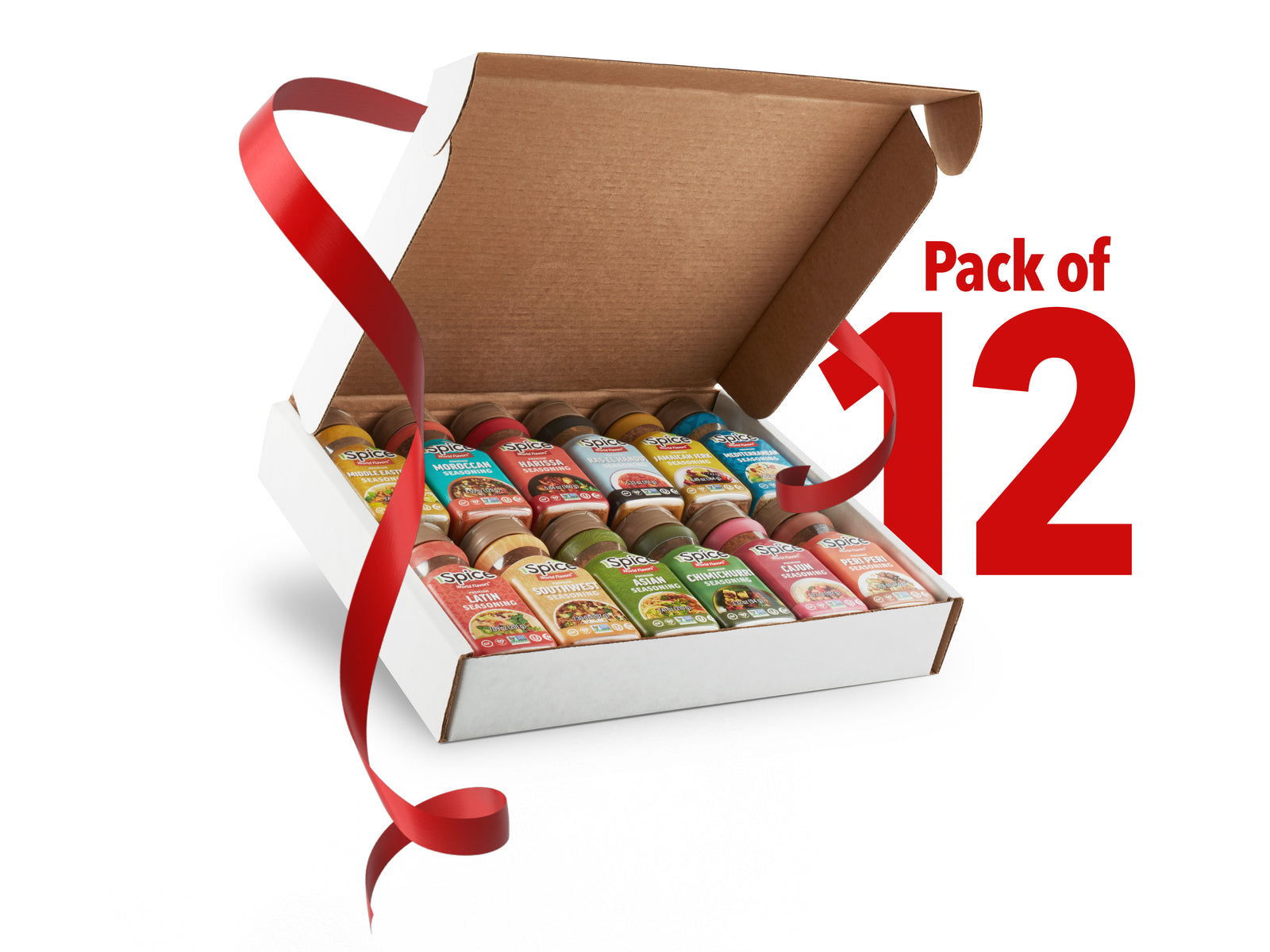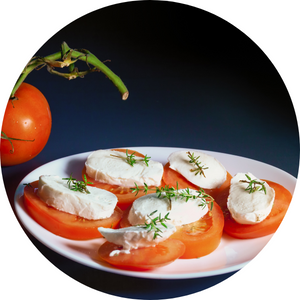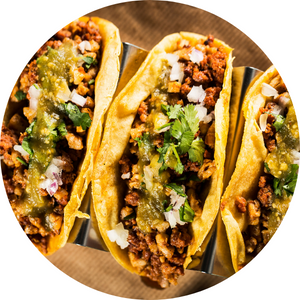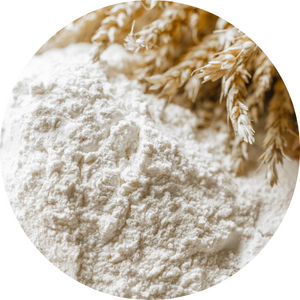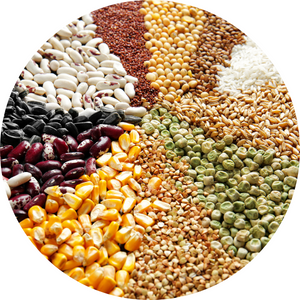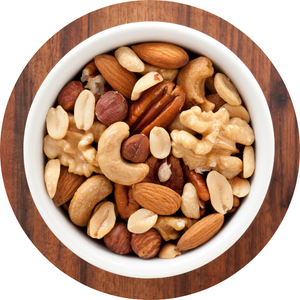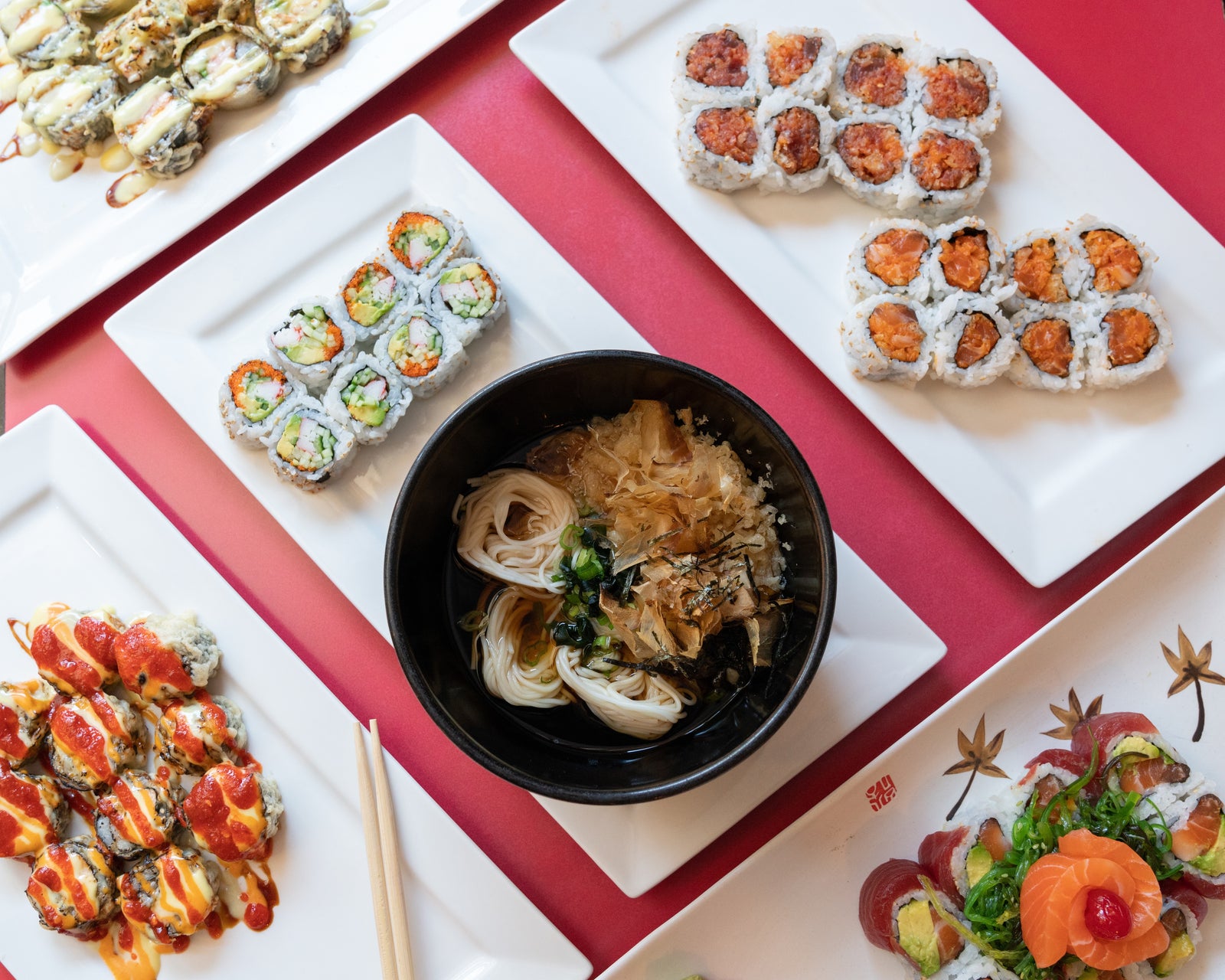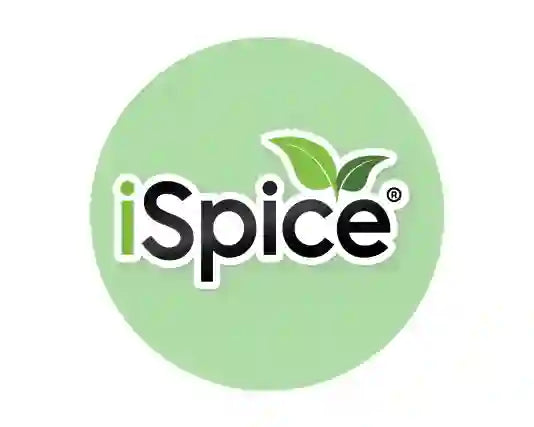
Among the world’s most intriguing spices, cubeb pepper—also known as tailed pepper—stands out for its bold, aromatic character and long history in global cuisine. Native to Indonesia, this spice offers a unique blend of peppery heat and subtle floral notes, making it a prized ingredient for chefs and food enthusiasts seeking to explore beyond traditional black pepper.
Used for centuries in spice trade routes that connected Asia, Africa, and Europe, cubeb pepper continues to inspire modern cooks with its complex taste and versatility.
What Is Cubeb Pepper?
Cubeb pepper (Piper cubeba) is a dried berry from a tropical vine closely related to black pepper. Its name comes from its small “tail,” a thin stem attached to each peppercorn.
While it looks similar to black pepper, cubeb pepper’s flavor is distinct—it combines the familiar bite of pepper with hints of allspice, clove, and eucalyptus. This unique aroma gives dishes an exotic, slightly smoky finish that lingers pleasantly on the palate.
The History and Origins of Cubeb Pepper
Cubeb pepper originated in Indonesia’s Java and Sumatra islands, where it has been cultivated since ancient times. It became a valuable export along the historic Spice Route, traded widely throughout the Middle East and Europe.
In medieval Europe, it was used to season meats, sauces, and even spiced wines. Eventually, it became overshadowed by black pepper, but in Indonesia and North Africa, cubeb pepper remained a beloved local seasoning. Today, it is experiencing a quiet revival among chefs looking for authentic, rare flavors from traditional spice regions.
Flavor Profile and Culinary Uses
Cubeb pepper’s complex taste makes it both spicy and aromatic. Its first impression resembles black pepper, followed by cool, floral, and slightly bitter undertones. The lingering aftertaste is warm and resinous, adding depth to both savory and sweet dishes.
Common Culinary Uses:
-
Meats and Stews: Use whole or ground cubeb pepper in beef, lamb, or chicken dishes for an earthy, exotic heat.
-
Rice and Grain Dishes: Add to rice pilafs or couscous for a subtle peppery aroma.
-
Pickling and Marinades: Combine with vinegar, bay leaves, and garlic for fragrant pickled vegetables or meats.
-
Baked Goods: Cubeb pepper’s warm, clove-like notes complement cookies, spice cakes, and pastries.
-
Spice Blends: Featured in traditional Moroccan ras el hanout and some Indonesian bumbu mixes.
When cooking, it’s best to crush or grind cubeb pepper just before use to release its essential oils and preserve its complex aroma.
How to Use Cubeb Pepper in Modern Cooking
-
As a Substitute for Black Pepper: Replace part or all of the black pepper in recipes for a more aromatic twist.
-
In Marinades or Rubs: Combine with garlic, coriander, and paprika for meats or grilled vegetables.
-
In Spice Mixes: Add to curry powders or North African blends for depth and warmth.
-
For Infused Oils or Syrups: Steep whole cubeb peppercorns in oil or sugar syrup to create subtle, spiced condiments.
-
In Desserts: Use a small pinch in chocolate, gingerbread, or fruit-based recipes for a unique spicy note.
Tips for Cooking with Cubeb Pepper
-
Grind Fresh: Whole cubeb pepper retains its flavor longer than pre-ground forms.
-
Use Sparingly: Its complex flavor can dominate—start with half the amount of regular pepper.
-
Pair with Complementary Spices: Works beautifully with cardamom, nutmeg, clove, cinnamon, and coriander.
-
Store Properly: Keep in airtight containers away from light and humidity to preserve aroma.
Frequently Asked Questions About Cubeb Pepper
1. What does cubeb pepper taste like?
It has a peppery, slightly bitter flavor with notes of clove, nutmeg, and eucalyptus—both spicy and cooling at once.
2. How is cubeb pepper different from black pepper?
Cubeb pepper is more aromatic and floral, with a lingering warmth, while black pepper has a sharper, straightforward heat.
3. Can I use cubeb pepper in desserts?
Yes. It pairs surprisingly well with chocolate, gingerbread, and fruit compotes due to its sweet-spicy aroma.
4. Where does cubeb pepper come from?
It’s native to Indonesia, especially the islands of Java and Sumatra, where it has been cultivated for centuries.
5. How should I store cubeb pepper?
Keep it in a sealed jar in a cool, dry place. Whole peppercorns can stay fresh for up to a year.
6. What spices pair well with cubeb pepper?
Cardamom, cinnamon, coriander, clove, and allspice enhance its warm, aromatic profile.
Final Thoughts
Cubeb pepper is a true treasure from Indonesia’s rich spice heritage—an ingredient that bridges the past and present. Its rare, complex flavor adds depth to both traditional and modern dishes, offering a sensory journey unlike any other pepper. Whether you use it in a savory stew, baked good, or homemade spice blend, cubeb pepper is an inspiring addition to any kitchen eager to explore global flavors.

